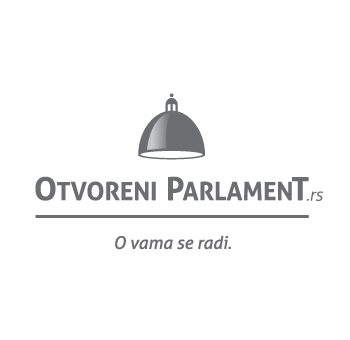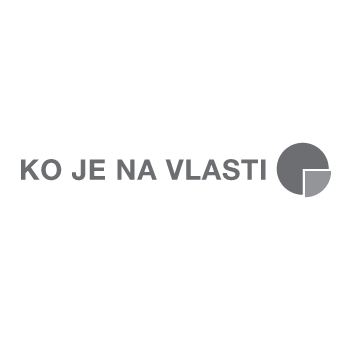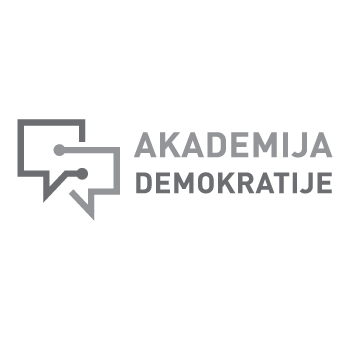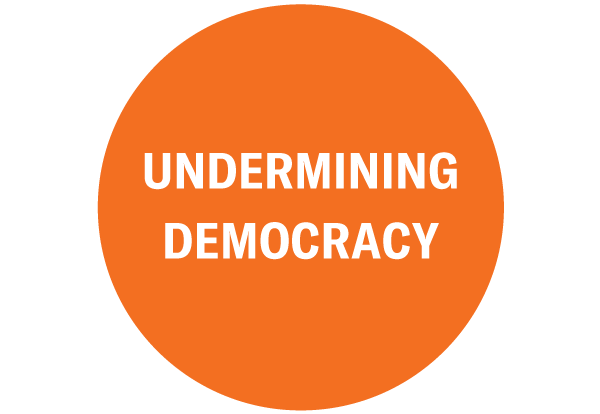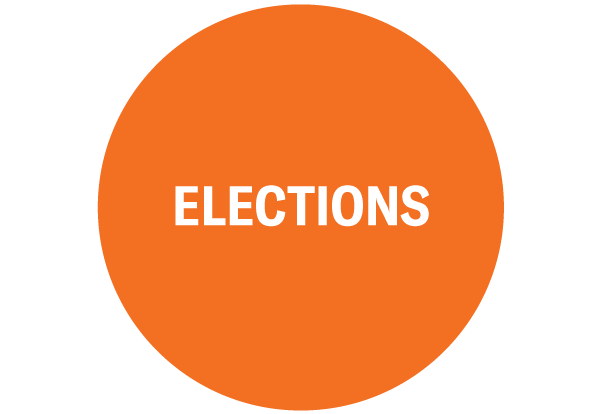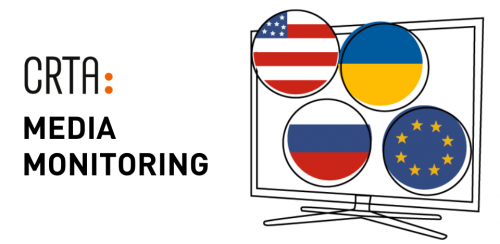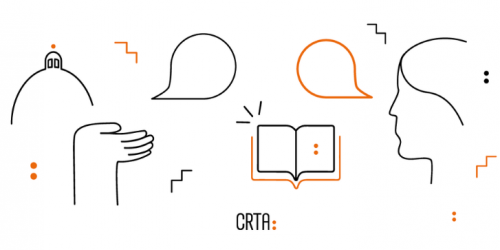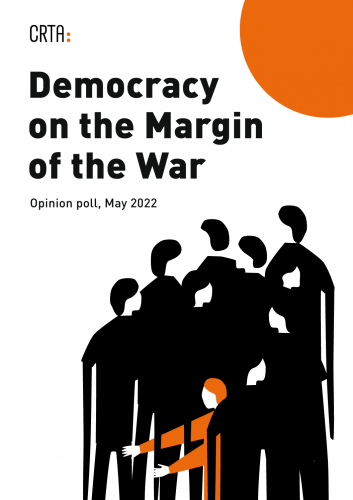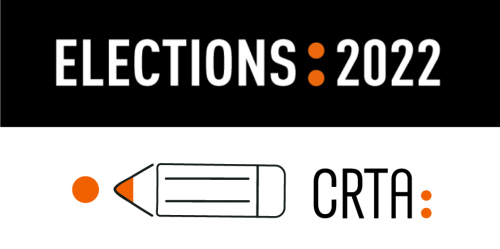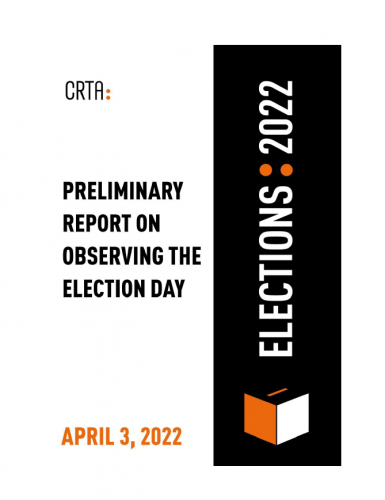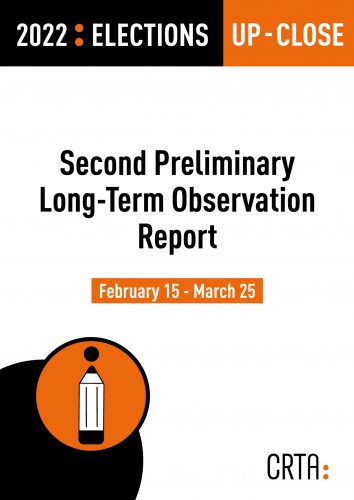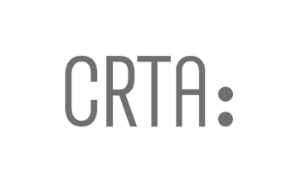The citizens of Serbia are less and less interested in Serbia’s future in the EU, while the attitude towards the war in Ukraine shifts. These are the results of CRTA’s field research of public opinion, done from September 24th to October 3rd. More than a third of citizens (36%) would be indifferent towards accession to the EU, while 28% would be glad, and 33% would be concerned. An even bigger percentage, 43%, would be indifferent towards rupture of EU accession negotiations.
During the first three months of the war in Ukraine, this topic was dominant in the media, while other topics were completely marginalised. Unlike the period before the start of the war when the media was sympathetic to Russia, after the start of the conflict that open support was softened. Nevertheless, according to media monitoring…
In order to encourage an open dialogue on key issues pertaining to the future of democracy in Serbia, in light of critical circumstances on the internal and international level, Crta organized the two-day multi-stakeholder international conference “Democracy; a Minimal Consensus” on June 27 and 28 in Belgrade. We gathered more than 200 representatives of state…
The goal of the survey was to determine the attitudes of Serbian citizens about the status of democracy in the country, in particular regarding the elections held on 3 April 2022, as well as foreign policy views. Specifically, it deals with the means of news information about social and political topics, opinions on the situation…
A total of 618 out of 1.089 citizens with the right to vote, i.e. 56,7 percent, voted at the second revote within parliamentary elections at the polling station 6 in Bujanovac (Veliki Trnovac), which is less than in the previous revote which recorded a turnout of 64 percent.
CRTA invites experts to submit proposals for consultancy services in areas of communications, public relations and social networks outreach. The invitation aims to create the database of communications experts that would be engaged per need basis for provision of the expert support to CRTA and other civil society organizations in terms of strengthening their communications capacities.
CRTA’s Observation Mission monitored the parliamentary, presidential, and elections for members of the Belgrade City Assembly on the basis of two representative and random samples of 500 polling stations in Serbia and 450 in Belgrade.
The election of members of the Parliament of the Republic of Serbia, the presidential election, and local elections in 13 local self-government units, including Belgrade, were held simultaneously on April 3, 2022. The parliamentary and presidential elections were organized with the Republic of Serbia as one constituency. The parliamentary and local elections were conducted using a proportional electoral system, and parliamentary mandates are distributed by the system of the highest quotient between candidate lists that have crossed the electoral threshold of 3 percent of all valid votes. The presidential elections were conducted using the majority electoral system, through direct voting for presidential candidates.
The preliminary report of the Observation Mission on the quality of the election campaign for the presidential, parliamentary, and Belgrade city elections, which will be held on April 3, 2022, shows that the institutions responsible for law enforcement and protection of voting rights have not sufficiently contributed to protecting the public interest or achieving higher…
Our topics

Democratic culture
Because politics is not just for politicians. It is our human and citizen right to participate in the processes of making decisions which influence our lives. A dialogue has no alternative.

Free and fair elections
Because elections are the pillars of democracy. It is every citizen’s right to decide on whom to give his/her vote in free and fair conditions. Our vote is valuable and it can make a difference.

Open institutions
Because institutions serve the citizens. We need strong institutions with integrity which protect the public interest.

Free media
Because media should ask questions and critically analyse the reality. We need the media which protect the public interest and tackle the needs of the citizens.

